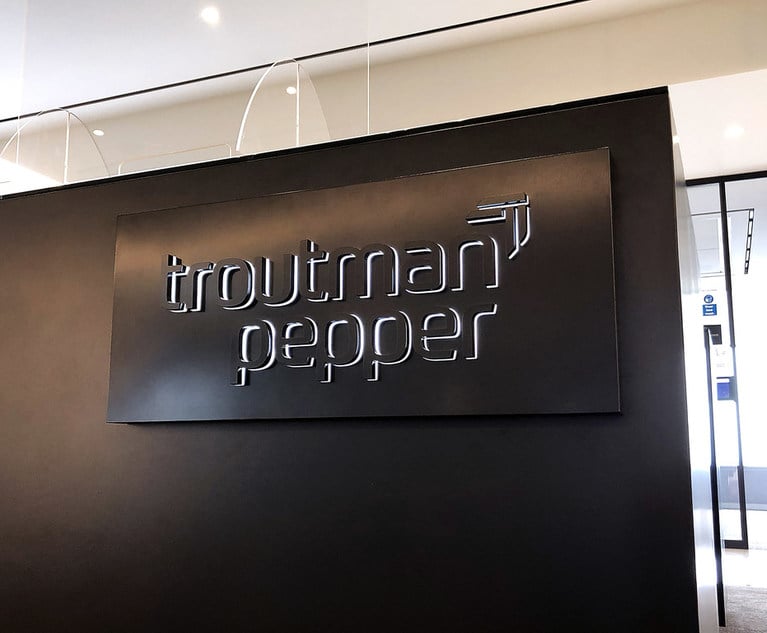If you consider the phrase “binding mediation” to be perplexing, you would be in good company. One of the first cases in the nation to address the enforceability of such a provision found the concept to be “oxymoronic,” “inherently ambiguous,” “misleading,” “self-contradictory,” “deceptive,” and, therefore, ultimately unenforceable. See Lindsay v. Lewandowski, 139 Cal.App.4th 1618 (2006). So should this novel concept be thrown into the dustbin of failed legal innovations? Based on my experience, the answer is “no!” On the contrary, it is exactly these dichotomous traits that make binding mediation so effective if used in the right circumstances.
As the old saying goes, “Sometimes it is more important for some things to be decided than to be decided correctly.” As the saying recognizes, the efficiency in achieving resolution is sometimes just as important as the substantive resolution itself. This is so often true for modest controversies that are hotly contested. Such controversies have come up repeatedly in the world of construction litigation. For such matters, consider the efficiency of binding mediation.


 Patrick Kingsley of Stradley Ronon Stevens & Young. Courtesy photo
Patrick Kingsley of Stradley Ronon Stevens & Young. Courtesy photo




